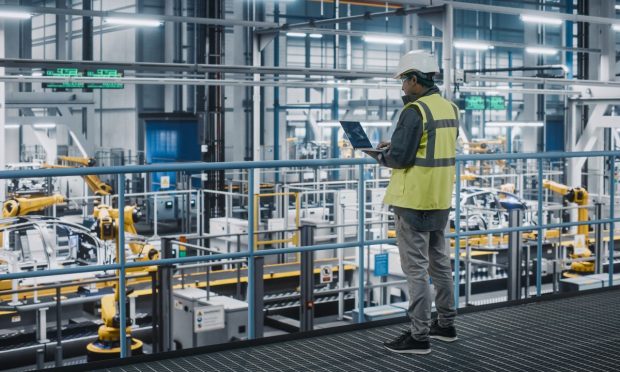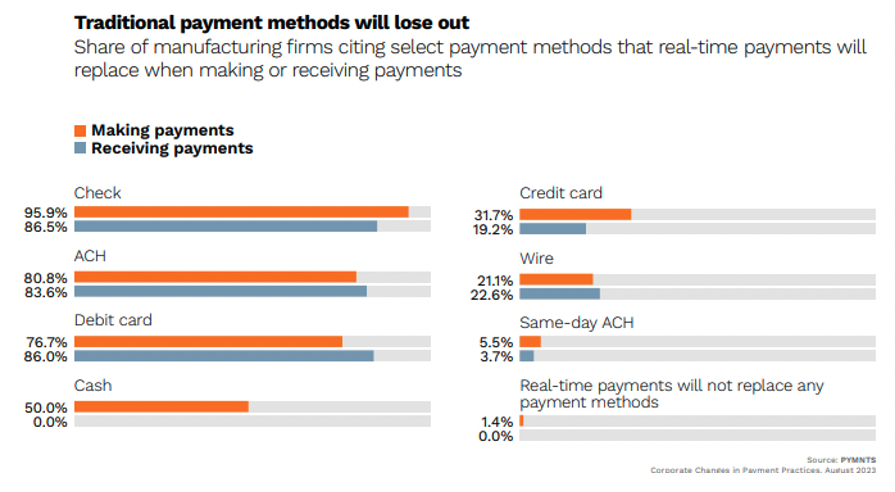How Real-Time Payments Could Help Manufacturing Sector Grow

The smokestack economy is not out of the woods yet. Manufacturing is still contracting, but growth seems to be on the horizon.
The recognition of how tech can enable speedier payments can go a long way toward capitalizing on those growth opportunities.
The Institute for Supply Management (ISM) said Monday (Oct. 2) that its Manufacturing PMI (purchasing manager’s index) increased to 49% in September, which represents the highest reading since the end of 2022. The latest data also represents a gain from the 47.6% logged in August.
A reading below 50% represents a contraction, and the index has remained below that 50% “growth” level through the past 11 months. But, as with all economic data, volatility can be a hallmark.
In a separate report, the Census Bureau found that new orders for manufactured goods in August logged a 1.2% gain to $586.1 billion, and new orders have been up five of the last six months. Similarly, the ISM’s “new orders” data was up to 49.2% in September, where it had been 46.8% in August.
The ISM’s report noted that prices are still decreasing. The index for September signaled a pricing “reading” of 43.8%, down from 48.4% in August.
The Need for Speed — in Payments
Executives have been examining the pain points and inefficiencies that have hindered the interactions between buyers and suppliers. The study “Digital Payments: Modernizing Procurement Processes,” a PYMNTS and Corcentric collaboration, found that digital upgrades in the back office include improving logistics and supply chain management; purchase order automation is firmly on the investment roadmap for more than a third of manufacturers.

The sector is flirting with growth, which speaks volumes to the need for improved payments practices and technology. Even if pricing is pressured, getting cash into the coffers more quickly means that cash flow visibility and transparency are improved, and thus the financial positioning of these “old economy” firms improves as well.
“Corporate Changes in Payment Practices: Manufacturing Companies Embrace Real-Time Payments,” a PYMNTS and The Clearing House collaboration, found that 61% of firms said the ability to send real-time payments is “important.” An even greater percentage, 65%, said the same about receiving those payments in real-time fashion. The latter data illuminates the desire for improved cash flows, which can then be deployed to buy more inventory, hire more staff or expand property to tackle new markets and growth. The executives surveyed anticipate displacement of traditional payment methods that have been in place for decades. Paper checks and ACH payments top the list.
As many as 40% of manufacturers said real-time payments are among the top priorities for their companies. There’s certainly room for real-time payments to gain a wider berth, as 15% of outbound and 14% of inbound B2B transactions by manufacturers are done across real-time conduits.

